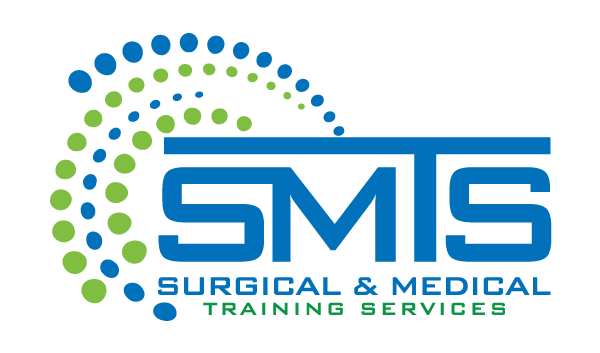The importance of clinical training is relevant to every area of medicine. While plastic surgery is largely perceived as “cosmetic” by the average consumer, it is much more. The plastic surgeon must have familiarity with deep planes of tissue, bone, fascia, nerves, and other structures of the face and body. While we have witnessed dramatic shifts in the education of new surgeons, we have yet to see an alternative to cadaver training. The reason is simple, the objectives of surgical training are better met when the anatomical specimen closely resembles an operative specimen.
THE VALUE OF CADAVERS IN PLASTIC SURGERY TRAINING
Plastic surgery is the repair or reconstruction of one or more parts of the face or body. Plastic surgeons may perform many rejuvenating procedures, such as facelift surgery. However, they also treat women who have undergone mastectomy surgery. They repair tissue that has been badly damaged in a traumatic event, such as a fire or dog attack. Some plastic surgeons are extending their technical skills into the area of transplant surgeries. The work performed by a plastic surgeon, then, dramatically affects their patients’ quality of life.
The success that plastic surgeons have achieved to date has been largely attributed to working with cadavers. This is a logical perspective, seeing that the basis of most plastic surgery procedures is to reposition tissue from one area to another. To fully understand the three-dimensional relationship of anatomical structures, a surgeon needs a lifelike model, and there is no model like the human body. In this way, cadavers play an integral role in the success of plastic surgery procedures. They are also a partner in building surgical confidence in a safe, controlled environment.
We’ve all heard unfortunate stories of botched plastic surgery procedures. On the other hand, we’ve all seen the miracles that plastic surgeons can achieve using reconstructive and microsurgical techniques. What clinicians and educators have come to understand is that the human body is today what it was thousands of years ago. Anatomy is anatomy. However, the more we have observed and explored and evaluated human anatomy, the more we have come to know about it. The more we have come to appreciate human anatomy, the better surgeons have gotten at developing advanced cosmetic and reconstructive techniques.
Expanding your confidence and skills needn’t be complicated. Contact SMTS – Surgical & Medical Training Services at (888) 801-9444 to learn more about our facilities and services.

